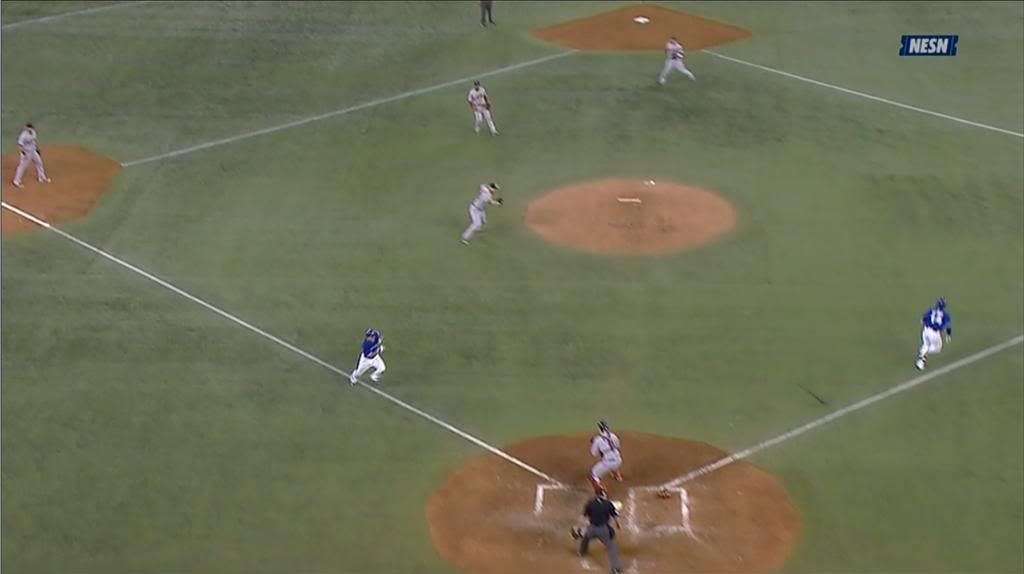soxhop411 said:Not as bad as we thought.
The former New York Yankees manager did not provide specifics about the plate-collision rule except to say baseball wants to curb intentional contact.
“There’s a memo that’s going to come out. It’s pretty cut and dried at this point in time,” Torre said. “If nothing else on that play, we want to eliminate those very vicious hits where you target the catcher as opposed to home plate.”
Tampa Bay Rays manager Joe Maddon said there doesn’t appear a radical change to existing guidelines, noting catchers still will be able to block the plate if the ball arrives in time.
“The general spirit of it is you don’t want a collision intentionally initiated by the base runner. That’s what it sounds like to me,” Maddon said.
Home plate collisions also will be subject to review, however they won’t cost a manager a challenge under the new system.
“It’s going to cost you a challenge if you’re challenging safe or out. But if it’s the collision part of it, if it’s going to be a violation, then that is going to be looked at the same as the home run (replay). … The only thing different is the (umpires) are not going to leave the field, you’re going to get everything from New York,” Torre said.
http://philadelphia.cbslocal.com/2014/02/24/mlb-set-to-announce-home-plate-collision-rule/
Sounds like the college rule
BTW - this does sound like a more sensible refinement than I had anticipated. Doesn't ban collisions so much as trying to eliminate cases where runners don't even focus on tagging the plate and instead just go head hunting.
The problem is what gets called when a catcher sets up a block before the ball gets there? Because the next time I see obstruction called on the catcher in that case will be the first time.


